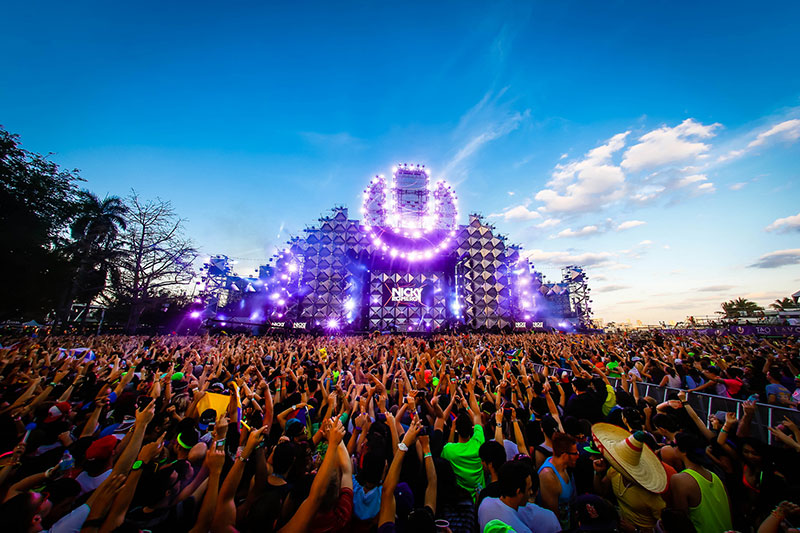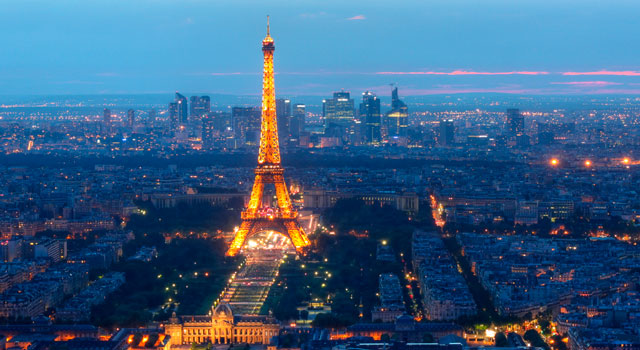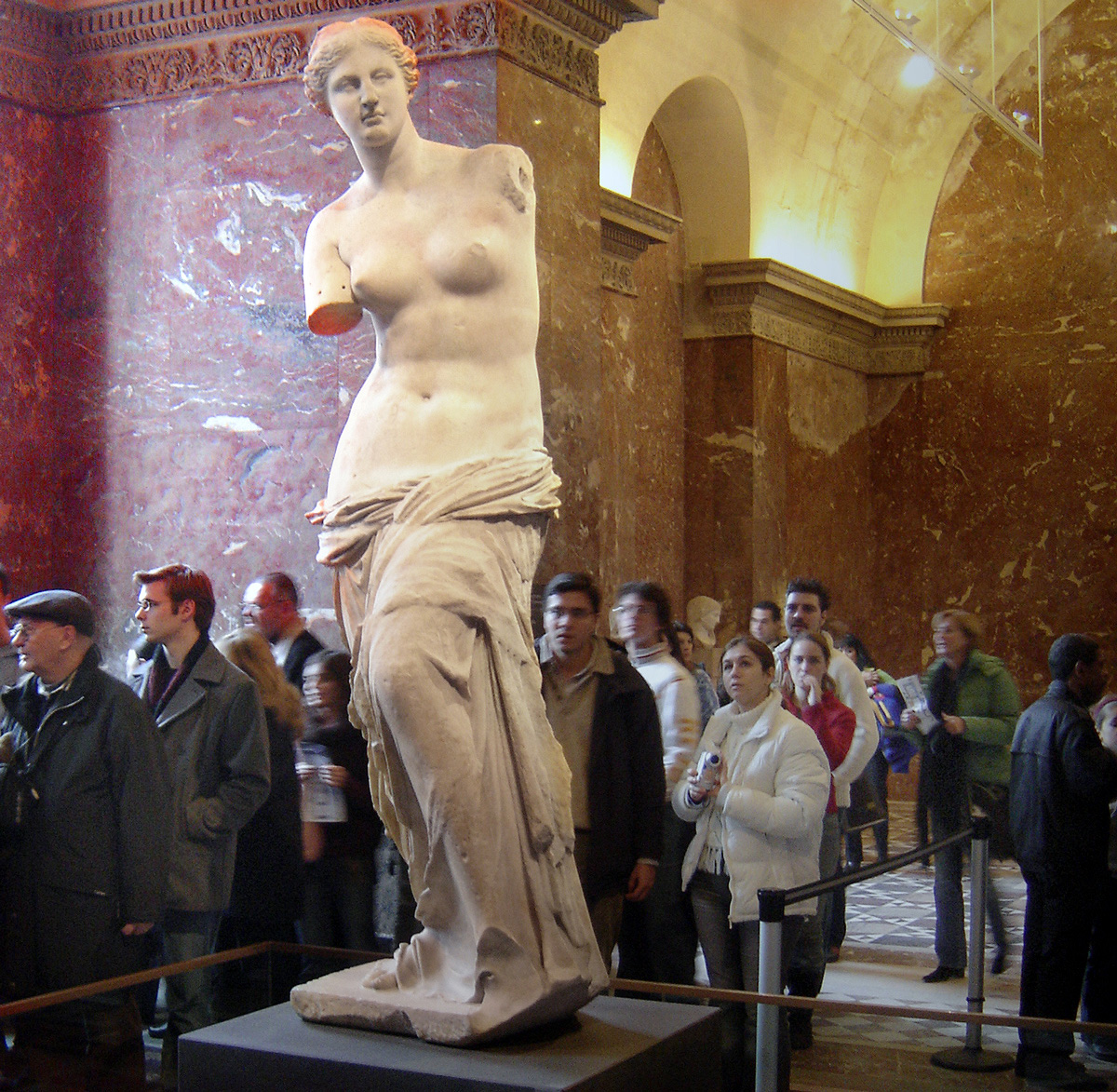We are presenting a touristic guide of Paris
Here you are going to see:
- Paris history;
- Paris culture
- Paris map;
- Annual events;
- Touristic points;
History of Paris
Ancient and Medieval Paris
The city of Paris began in the 3rd century BC
when a Celtic tribe called the Parisii built a fortified settlement
on the Ile de la Cite.
The Romans conquered the Parisii in 52 AD and
they built a town on the River Seine. The Romans called Paris
Lutetia. However Roman Paris was not a particularly large or
important town. It had a population of not more than 10,000.
In the late 3rd century Paris and the
surrounding region were converted to Christianity. However by then
the Roman Empire was in decline. In 486 a race called the Franks
captured Paris.
Under the Franks Paris flourished. In 845 the
Vikings raided Paris. The French king paid them 7,000 pounds of
silver to leave. But from the 11th century onward Paris prospered
again. In the Middle Ages Paris grew rapidly and it became one of the
largest towns in Europe. Its population probably reached 200,000
(that might seem small to us but it was huge by Medieval standards).
King Philippe-Auguste (1180-1223) built a wall around Paris. He also
built the Louvre fortress.
Medieval Paris was also a busy inland port with
goods being brought to and from its wharves along the Seine. Paris
was also noted for its scholars. Paris University became famous.
Meanwhile from the late 12th century onward the most famous cathedral
in Paris, the Cathedral de Notre Dame was built.
However in 1338 the Hundred Years War between
France and England began and in 1348 Paris was devastated by the
Black Death. In 1357 the mayor of Paris Etienne Marcel led a
rebellion in Paris to try and gain more rights for Parisian
merchants. However Royalist forces captured Paris in 1358 and Marcel
and his followers were executed. In 1420 the English captured Paris.
However the French recaptured the town in 1436.
Renaissance Paris
Paris gradually recovered from the Hundred
Years War and in 1528 King Francois I moved his court to the town.
Once again Paris boomed. Meanwhile in the 16th century the
Reformation swept France. French Protestants were cruelly persecuted.
The persecution reached a peak in 1572 with the St Bartholomew's Day
Massacre. About 2,000 Protestants in Paris were murdered by
Catholics.
Then in 1589 King Henry III was assassinated
leaving a Protestant, Henry of Navarre heir to the throne of France.
Many Catholics refused to accept Henri, however and he had to fight
for his throne. Yet in 1593 he converted to Catholicism and in 1594
he entered Paris.
King Henry IV began building great public
buildings in Paris. He also built the Pont Neuf in 1607. Henry was
assassinated by a Catholic fanatic in 1610 but his widow built the
Palais de Luxembourg. The Palais Royal was built in 1629 by Cardinal
Richelieu.
Building great buildings in Paris continued
under Louis XIV in the late 17th century (although he moved to the
palace of Versailles outside the city). However there were two sides
to Paris. Alongside the splendid buildings there were many cafes and
Paris was famous for its philosophers. However there was also a great
deal of severe poverty in Paris. The poor lived in squalor.
Paris was, of course, at the center of the
French Revolution morning of 14 July 1789 Parisians seized cannons
and guns from the Invalides (a hospital for military veterans). They
then surrounded a fortress and prison called the Bastille. The
governor was forced to surrender. To the ordinary people the Bastille
was enormously important as a symbol of royal power and arbitrary
government.
From September 1793 the Great Terror swept
France. In the next 9 months thousands of people were guillotined in
Paris. Meanwhile in September 1793 a movement called
De-Christianization began. Churches were vandalized and closed. The
church of Notre-Dame was renamed the 'Temple of Reason'. However the
Terror ended in the late summer of 1794. Thousands of prisoners were
released and life gradually returned to normal.
Napoleon became ruler of France in 1799. He
built Pont des Arts. He also built the Arc de Triomphe and La
Madeleine. However allied armies occupied Paris in 1814.
In 1830 another revolution took place in Paris.
Louis Philippe became constitutional monarch of France. In the mid
19th century the Industrial Revolution began to transform France.
Paris boomed but many of its inhabitants lived in dire poverty. In
1832 cholera killed 20,000 people in the city.
In 1848 discontent in Paris resulted in another
revolution and Napoleon III took power in France. During his reign,
which lasted until 1870 parts of Paris were rebuilt. Baron Haussman
was responsible for demolishing much of Paris and building new
streets. Economically Paris boomed and its population grew rapidly.
On 19 September 1870 during the Franco-Prussian
War Prussian troops reached Paris and laid siege to the city. In the
next 4 months Parisians were reduced to near starvation and the city
surrendered on 28 January. The French government made a formal peace
treaty with the Prussians but the Parisians objected to its terms and
they rose in revolt on 18 March 1871. A government called the Paris
Commune was formed in the city. The French government sent troops and
after weeks of street by street fighting the rebellion was crushed.
Afterwards thousands of Communards were executed.
Paris soon recovered and it prospered in the
late 19th century. The Eiffel Tower was unveiled in 1889 and the
Metro opened in 1900.
Modern Paris
Paris escaped the First World War relatively
unscathed. In the 1920s and 1930s Paris again prospered. However on
14 June 1940 Paris fell to the Germans. On 19 August 1944 Paris rose
in rebellion and on 25 August allied forces entered the city.
In May 1968 Paris was rocked by student riots
but stability soon returned. In the late 20th century new buildings
were erected in Paris such as the Tour Montparnasse in 1973 and the
Hôtel Concorde Lafayette in 1974. The Pompidou Center was built in
1977. Today Paris is a flourishing city and tourism is booming. Les
Quatre Temps Shopping Mall was founded in 198 which broke out in
1789. On the 1. Beaugrenelle Shopping Mall opened in 2013. Today the
population of Paris is 2.2 million.
Paris Culture
In Paris there is a great cultural variety throughout the year and for all ages.
Parisian theaters offer very varied schedules and high quality. The theater Chatelet, L'Opera Garnier or L'Opera Bastillesão examples of compelling cultural sites in Paris.
143 museums
We refer to the Louvre Museum, the Pompidou Centre, the Musée d'Orsay or the Tokyo Palace ... that offer extraordinary exhibition which will transport you to the universe of history and art.
Museum Orsay
Museum Louvre
463 Parks and gardens
They think they're mature gardens in the heart of Paris, as the Tuileries and Luxembourg. The Tuileries Garden was created in the sixteenth century, on the right bank of the Seine, near the Louvre, to the eponymous palace that will not last until today.
Tuileries Garden
Festivity
The festive character of the city is marked since 2002 by the operations of Paris Plages, organized between July and August, and that is to become a part of the Quai de la Seine on beaches with chairs beach-and various activities.
Library
Most libraries of Paris are public. The Mazarine Library built from a personal library of Cardinal Mazarin, is the oldest, working since 1643.
Art Gallery
France is located in the European continent,especifically in the Ocidental Europe.
Annual events in Paris








Annual events in Paris
Fête de la musique

Cinéma en plein air

Nuit Blanche

Touristic points
Eiffel Tower

Eiffel Tower is the most famous place of Paris and it’s located on Champ de Mars. It was the taller construction of world until 1930.
The tower has 324 meters and there are 2 floors for observation, the first floor stay 57 meters and the top 300 meters, it can look 360 degrees vision of Paris.
In the First floor of tower there is a bar that gives champagne and a restaurant known 58 Tour Eiffel.
Arc de Triomphe

Arc de Triomphe is a historical monument, it was built commemorating the military victories of Napoleon Bonaparte, who he ordered to build in 1806 and was inaugurated in 1836.
This monument there are the names of 128 battles and 558 generals, in your base there is a tomb of the Unknown Soldier
Tour Montparnasse

The Tour Montparnasse is a skyscraper with 210 meters. It was built between 1960-1972 and was the tallest building of France by 2011. In 2013 was 14 (fourteenth) tallest building of European Union.
Mona Lisa (Leonardo da Vinci)

Venus de Milo (Alexandros de Antioquia)

W6 - Teacher Lys - Wizard Ferry Boat - Sat 8h

Names:
Enrico Rodrigues
Camila Beatriz
Lais Nascimento
Thiago Neres
Renan Galvão









0 comments:
Postar um comentário